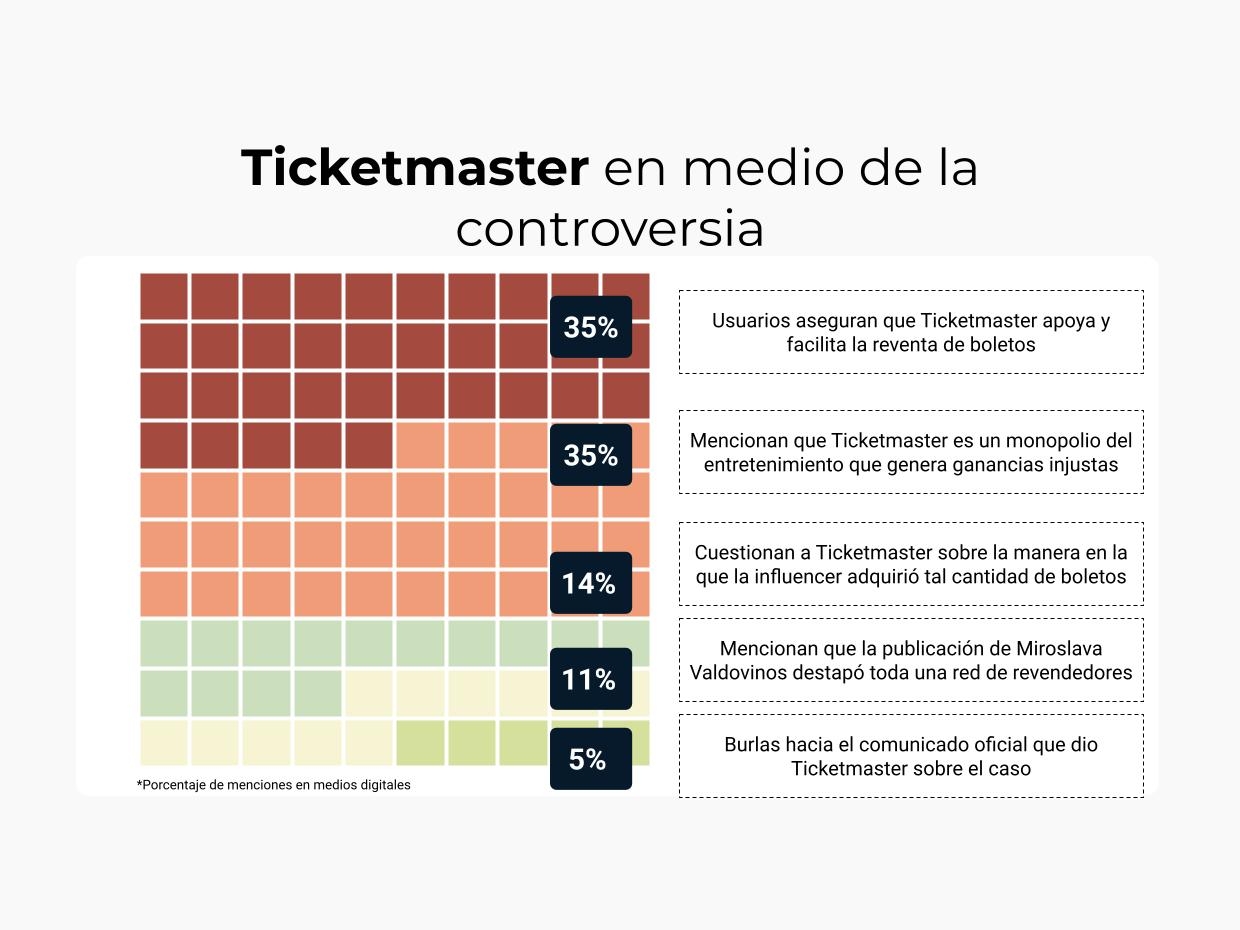Climate Whiplash: Urgent Action Needed To Protect Global Cities

Table of Contents
The Growing Threat of Climate Whiplash in Urban Environments
Climate whiplash refers to the rapid and unpredictable shifts between extreme weather events. It's not just about the increasing frequency of these events; it's about their erratic sequencing and the compounding effects they have on already stressed urban systems. Instead of a gradual increase in temperature or rainfall, cities are experiencing jarring transitions – intense heatwaves suddenly giving way to flash floods, or prolonged droughts abruptly interrupted by powerful storms.
For example, consider cities like Houston, Texas, which has experienced devastating hurricanes followed by periods of intense heat, placing immense strain on its infrastructure and population. Similarly, many coastal cities face the double whammy of rising sea levels and increasingly powerful storm surges.
- Increased frequency of extreme weather events: Climate change models predict a significant rise in both the intensity and frequency of extreme weather events, exacerbating the climate whiplash effect.
- Strain on urban infrastructure (power grids, drainage systems): Existing infrastructure is often ill-equipped to handle the rapid shifts in weather patterns, leading to power outages, overwhelmed drainage systems, and widespread flooding.
- Disruption to transportation and essential services: Extreme weather events can disrupt transportation networks, causing delays and halting essential services like healthcare and emergency response.
- Public health risks (heatstroke, waterborne diseases): The rapid shifts in temperature and precipitation create ideal conditions for the spread of waterborne diseases, while heatwaves lead to a surge in heatstroke cases.
Impacts of Climate Whiplash on Urban Infrastructure and Systems
Urban infrastructure is particularly vulnerable to climate whiplash due to its interconnectedness and complexity. The rapid succession of extreme events can overwhelm systems, leading to cascading failures.
- Damage to roads, bridges, and buildings: Flooding, high winds, and extreme temperatures can cause significant damage to transportation infrastructure and buildings, requiring costly repairs and potentially leading to long-term disruption.
- Overburdened sewage and drainage systems leading to flooding: Intense rainfall following a dry spell can overwhelm sewage and drainage systems, leading to widespread flooding and contamination.
- Power outages and disruptions to essential services: Extreme weather events can damage power grids, disrupting essential services such as healthcare, communication, and water supply.
- Increased risk of cascading failures in interconnected systems: A failure in one system (e.g., a power outage) can trigger failures in other interconnected systems, leading to widespread disruption and chaos. This interconnectedness makes urban systems particularly vulnerable to climate whiplash.
Strategies for Mitigating Climate Whiplash in Cities
Mitigating the effects of climate whiplash requires a multifaceted approach that combines adaptation and mitigation strategies. Proactive planning and significant investment are crucial.
- Investing in resilient infrastructure (flood defenses, heat-resistant materials): Cities need to invest in infrastructure that can withstand extreme weather events, including improved flood defenses, heat-resistant building materials, and more robust power grids.
- Implementing early warning systems for extreme weather events: Effective early warning systems are crucial for enabling timely evacuation and reducing the impact of extreme weather events.
- Developing climate-resilient urban planning and design: Urban planning needs to incorporate climate resilience, considering factors such as drainage, green spaces, and building placement.
- Promoting green infrastructure (trees, green roofs, permeable pavements): Green infrastructure helps to mitigate the effects of extreme weather events by reducing stormwater runoff, improving air quality, and providing shade.
- Enhancing community preparedness and emergency response plans: Effective emergency response plans and community preparedness initiatives are crucial for minimizing the impact of extreme weather events.
The Role of Global Collaboration in Addressing Climate Whiplash
Addressing climate whiplash effectively requires global collaboration. Sharing knowledge, technology, and resources is crucial for supporting vulnerable cities.
- Sharing best practices in climate adaptation and mitigation: International cooperation is vital for sharing successful strategies and lessons learned in adapting to and mitigating the impacts of climate whiplash.
- Developing international standards for resilient infrastructure: Establishing international standards for resilient infrastructure will ensure that cities around the world are building infrastructure that can withstand extreme weather events.
- Mobilizing funding for climate adaptation projects in vulnerable cities: Significant funding is needed to support climate adaptation projects in vulnerable cities, particularly in developing countries.
- Fostering collaboration between governments, NGOs, and the private sector: Effective climate action requires collaboration between governments, NGOs, and the private sector to leverage resources and expertise.
Conclusion
Climate whiplash is a stark reality facing global cities, demanding urgent and coordinated action. By investing in resilient infrastructure, implementing proactive adaptation strategies, and fostering global collaboration, we can significantly reduce the impacts of climate whiplash and safeguard the well-being of urban populations. The challenge is immense, but the need for action is undeniable. Let's work together to build climate-resilient cities and mitigate the devastating effects of climate whiplash. We must act now to protect our global cities from the escalating threat of climate whiplash and build a more sustainable and resilient future.

Featured Posts
-
 Taylor Swifts Potential Memorial Day Surprise Ama Clues And Fan Theories
May 28, 2025
Taylor Swifts Potential Memorial Day Surprise Ama Clues And Fan Theories
May 28, 2025 -
 Alcaraz And Swiateks French Open Outlook Confidence And Challenges
May 28, 2025
Alcaraz And Swiateks French Open Outlook Confidence And Challenges
May 28, 2025 -
 Gaza Ceasefire Us Envoy Pushes For Deal Hamas Response Awaited
May 28, 2025
Gaza Ceasefire Us Envoy Pushes For Deal Hamas Response Awaited
May 28, 2025 -
 Nas Dem Bali Satu Kursi Di Senayan Proyek Kedai Kopi Ditunda
May 28, 2025
Nas Dem Bali Satu Kursi Di Senayan Proyek Kedai Kopi Ditunda
May 28, 2025 -
 Tottenham Hotspurs Ligue 1 Winger Pursuit Timeline And Transfer Details
May 28, 2025
Tottenham Hotspurs Ligue 1 Winger Pursuit Timeline And Transfer Details
May 28, 2025
Latest Posts
-
 La Orden Ejecutiva De Trump Un Golpe A Ticketmaster Y La Especulacion Con Boletos
May 30, 2025
La Orden Ejecutiva De Trump Un Golpe A Ticketmaster Y La Especulacion Con Boletos
May 30, 2025 -
 El Plan De Trump Para Acabar Con La Reventa De Boletos De Ticketmaster
May 30, 2025
El Plan De Trump Para Acabar Con La Reventa De Boletos De Ticketmaster
May 30, 2025 -
 Nuevos Cambios En La Politica De Precios De Ticketmaster
May 30, 2025
Nuevos Cambios En La Politica De Precios De Ticketmaster
May 30, 2025 -
 Ticketmaster Bajo La Lupa La Orden Ejecutiva De Trump Y Sus Consecuencias
May 30, 2025
Ticketmaster Bajo La Lupa La Orden Ejecutiva De Trump Y Sus Consecuencias
May 30, 2025 -
 Ticketmaster Ofrece Mayor Transparencia En El Precio De Las Entradas
May 30, 2025
Ticketmaster Ofrece Mayor Transparencia En El Precio De Las Entradas
May 30, 2025
